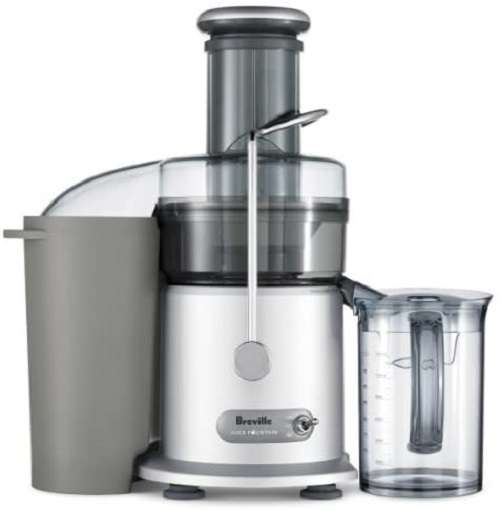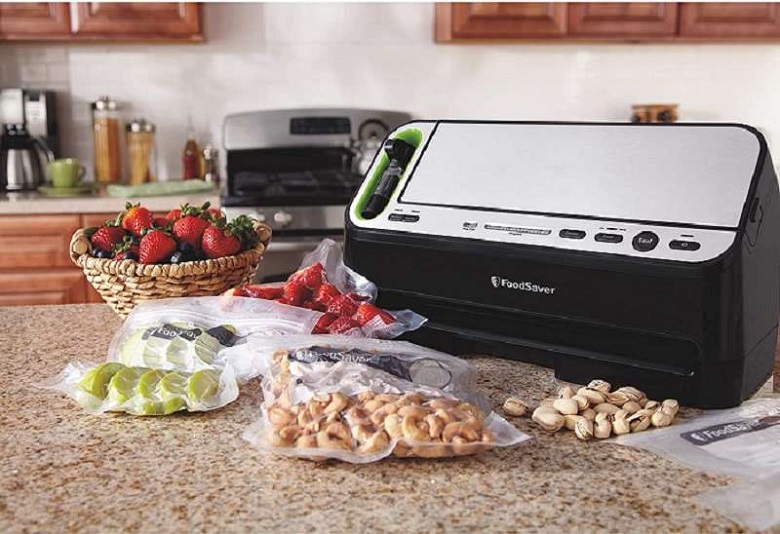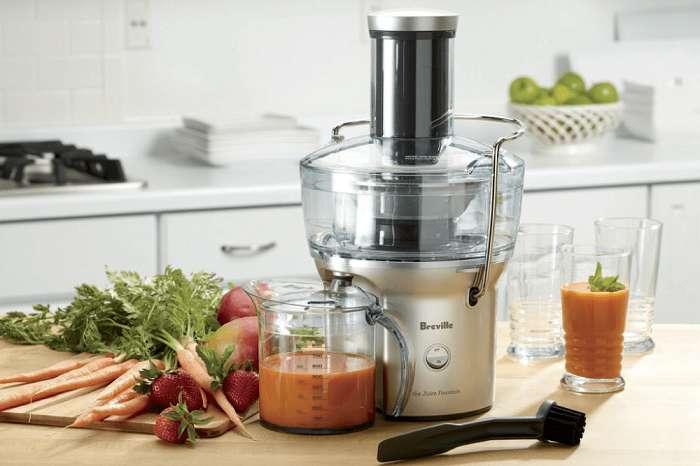
Reducing Food Waste at Home – 5 Facts That Impact On Your Savings
It’s really a shame of wasting one-third of food manufactured for human consumption while 12.9 percent or one in eight of the total population of the developing countries remains hungry. The researchers have estimated that the average family of four throws away $1,365 to $2,275 annually on food alone. In the US 40 percent of food is tossed into waste bins which equal to waste of 141 trillion calories and a loss of $165 per year. The studies clearly indicate the gravity of the issue of reducing food waste at home to be one of the most needed actions to take to get rid of the shame.

In 2015, a research finding by FAO (Food and Agricultural Organization) revealed that 11 million people in developed countries remain unnourished and a recent study has shown that still there are 820 million chronically hungry people in the world.
Interestingly, an estimation made by FAO revealed that an additional $ 24 billion in public funding each year would be needed to reach the goal of halving global hunger by 2015. UN estimates that world hunger each year would cost $30 billion.
All of the comparative studies voice out the need of reducing food waste at home which not only impacts the savings highly but also saves lives and becomes contributory to preserving resources worldwide.
We can save a huge amount of money easily by following some tips and techniques to reduce food waste at home and keep a smiling face vis-à-vis a good lifestyle. It’s not needed to be overly stingy. Five facts that may matter have been clarified below.
5 Ways To Reduce Food Waste at Home
1. Smart Plan Of Food Habit
Like all other fields of life, our dining table should adapt to a smart plan starting from shopping methodology to the mode of feeding our stomach in a proper manner. Mostly, we tend to pamper our whims to feel lavish with an abundant amount of diverse food items in our shopping carts and then stored in the refrigerator and pantry.
Out of this tendency, we spend money on more amount of food than we actually need. Sometimes, we even become extravagant in buying food items that are not used at all or consumed very little.
To hold the rein on the pampered whims, we have to stick to a plan including a list of products to buy on the basis of a fixed budget. This will play a great role in reducing impulsive buying and saving money in the wallet.
To fix out what foods we actually need and which the amount should be, we might note down the foods having been wasted along with the causes and costs of the food products. The careful watch will definitely facilitate a smart plan of food habits by reducing food waste at home and have a positive impact on our savings.
2. Creative Practice of Cooking
Cooking might be art if we would like to boost up our creative faculty rather than completing the regular task in a fixed framework of tedious methodology to follow. Rather than tossing fruits and vegetables to spoil soon, we may use them to prepare smoothies, pies, salads, and broths and create diversity in the conventional mode of recipes.
For example, we may simmer the chicken carcass or meat bones, the leftover dinner meal with vegetables and herbs, and water to make a different type of stock. Blending up a nutrient-packed smoothie including fruits and vegetable peels, wilted herbs, overripe bananas or avocado and chopped broccoli stalks can be a delicious way to reduce food loss at home.
The experiments in the kitchen utilizing creativity really bring forth a scope of tweaking recipes to your liking.
An innovative method of cooking your own food adds new flavors and ingredients. The diversity in food creates love for foods and develops the habit tremendously to reduce food waste at home and eventually save our money
3. Well-Organized Storage And Preserving Process
It’s really gruesome to attend the grocery stores for daily meals in our strenuous life. To save time and to minimize the pain of shopping for food products frequently, it is urgent to ensure the best use of the fridge to store foods.
It’s undoubtedly true that a great amount of food gets wasted because they become stale and lose its taste as they are not properly stored. To get rid of such damage, we must have different containers to seal foods and clips to hold packets together so that all the foods in our fridge are stored properly.
While storing we should separate the foods producing more ethylene gas like bananas, avocados, peaches, tomatoes, green onions, and pears to prevent the quick ripening and leading thereby the spoilage of other food items. We should keep ethylene-sensitive foods like potatoes, apples, green leaves, berries, and peppers separately to avoid premature spoilage.
While freezing we should organize foods in such a manner as we can see them clearly when we open the fridge and know when they have been purchased to avoid food waste. We can freeze the leftovers from our meals, an excess of foods produced in our favorite farm stand, and a bulk of meals like soups and chills. It’s really a wonderful way to ensure a healthy homemade meal at hand to gratify our hunger any time and reduce food waste at home that definitely impacts a great deal on our savings.
4. Recycling Process to Protect The Environment
The foods we take are never produced on the bare land. They need their kind of foods and nutrition too. Instead of tossing the ground with stale foods and supplying poisonous greenhouse gas like methane gas, we may compost the waste foods. The inventive process of recycling wasted foods using the leftovers is a beneficial way to turn them into energy for food plants.
An outdoor composter may work well for someone with a large garden, while a countertop composter is to be the best supply for city dwellers with small gardens on the balcony or on the rooftops.
Pickling, canning, fermenting, drying, freezing, and curing are all the reliable methods to follow to make foods last longer and thereby reduce food waste at home to save money in the wallet.
5. Ncorporation of Grooming with a Healthy Lifestyle
Foods not only supply our stomach but also nourish our skin and hair, thereby contributing a lot to gaining a beautifully groomed look like a part of a healthy lifestyle to lead. Interestingly, near-rotten foods like over-ripped bananas, avocados, tomatoes, and onions are very good ingredients to prepare natural face masks and hair packs.
They contain plenty of healthy fats, antioxidants, and vitamin E that work out a lot to give us soft, bright, wrinkle-free faces and shiny hair and contribute to maintaining a fit and healthy lifestyle along with a glamorous look. Such use of near-rotten foods helps us reduce food waste at home but also save money as we may avoid spending huge money buying harmful chemicals found in some skincare products.
Final Verdict
Foods fill up our stomachs at first. So, while planning for a healthy food habit, we should give priority to the demand of our stomach avoiding the temptations cost by our eyes and tongues. Sight and taste tend to distract us while shopping and even eating.
So, we should think ahead before shopping, while storing, cooking, or serving dishes and even cleaning the dining table with a view to regenerating a good lifestyle by means of our reason – no longer the whims.
With considerable effort and care, we can reduce food waste at home dramatically, and simultaneously can save our money and time. Thus, we can also play a crucial role in preserving Mother Nature.






